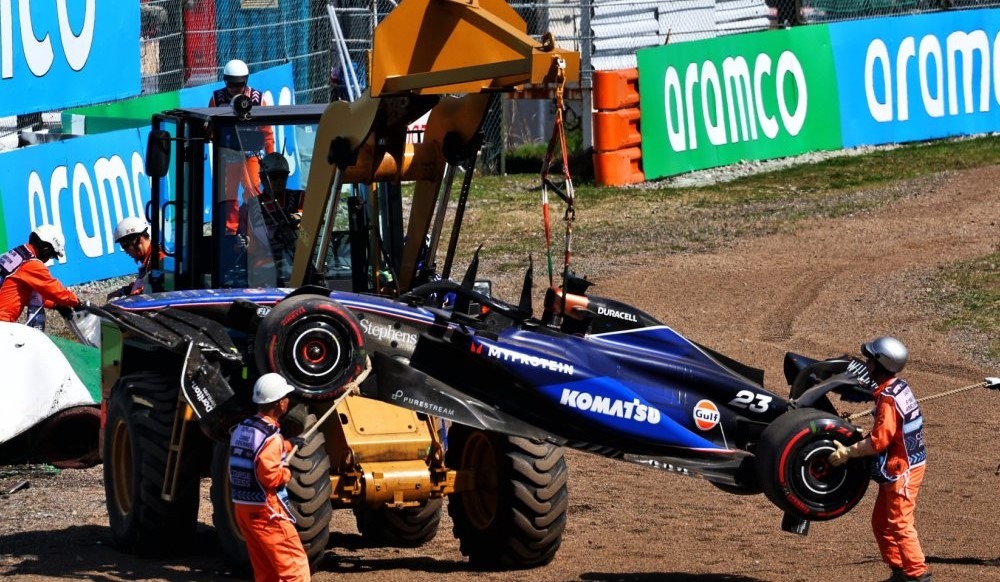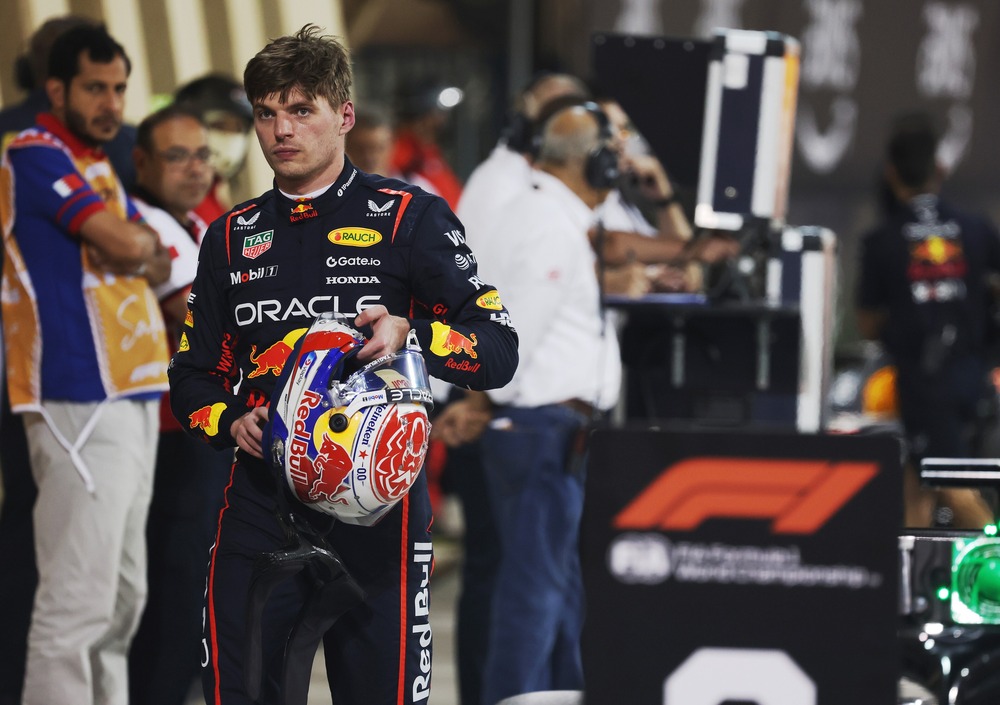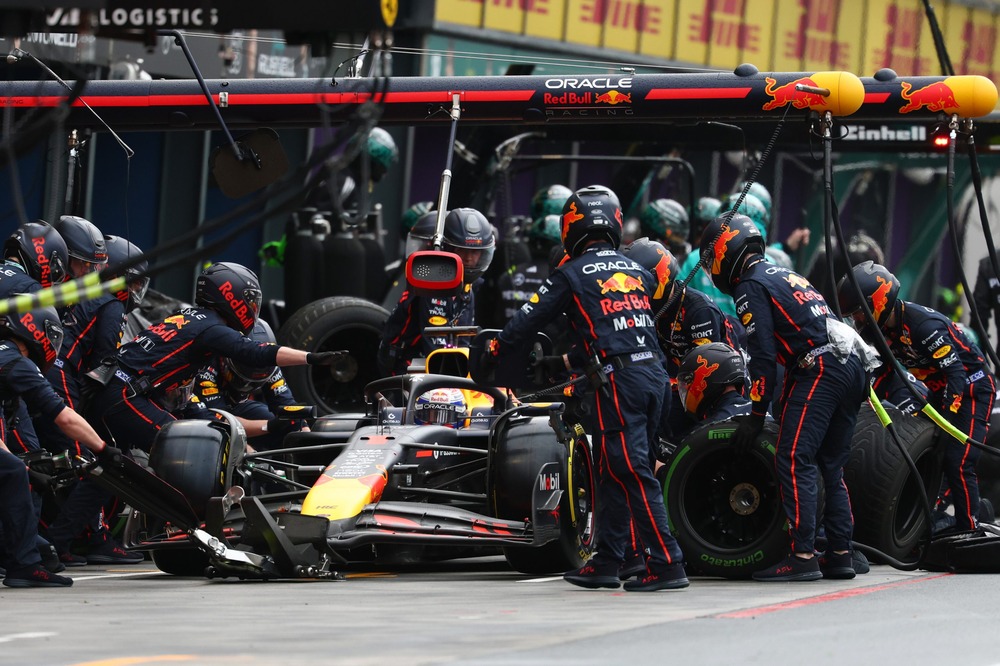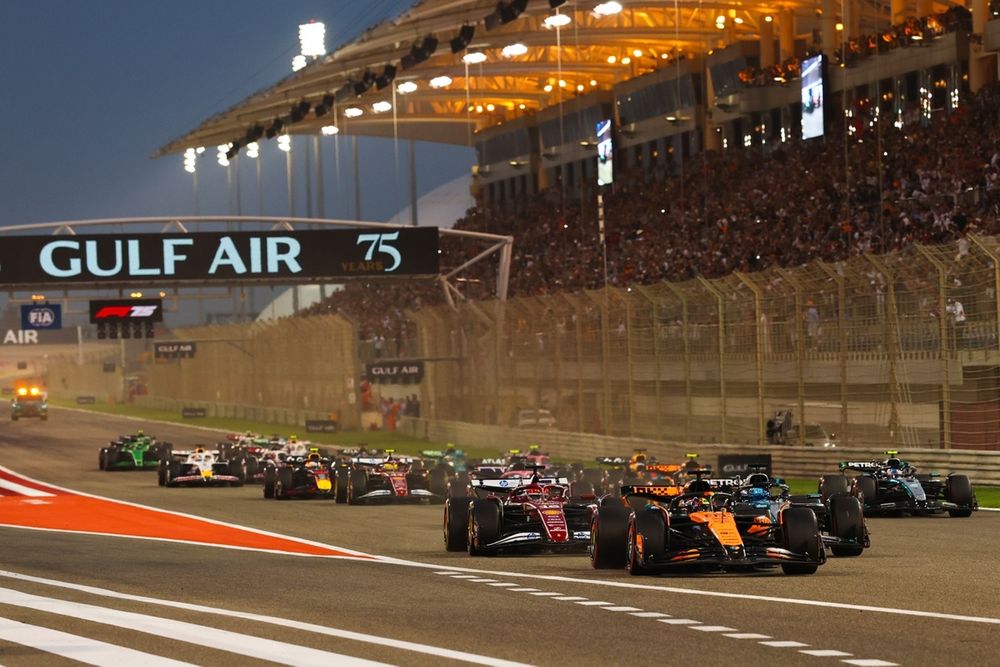Williams has determined the cost of damage and repairs to Alex Albon and Logan Sargeant’s cars following their separate crashes at the Australian and Japanese Grands Prix.
The Grove-based outfit has endured three significant crashes in both of their recent race weekends, which might cost them millions of pounds and jeopardize their ability to enter two cars in the Chinese Grand Prix according to reports.
Williams took a risk and decided not to set up a spare chassis owing to its outdated infrastructure and the urgent need to have its 2024 car ready for the start of the season. But when Alex Albon crashed during practice at the Australian Grand Prix last month, their plan backfired.
After crashing hard into the wall in Free Practice 1, Albon’s car was rendered undriveable for the rest of the weekend. Therefore, Sargeant was ordered to hand over his drive to Albon because the team didn’t bring an extra chassis with them, and the British-Thai driver had a higher chance of scoring points.
But the controversial gamble fell apart with Albon finishing outside the points in Melbourne after placing 11th. The wrecked chassis was shipped to their UK facility for repairs the day after it was damaged, resulting in a delay in the assembly of the much-needed spare chassis.
Williams only had two of those parts available for the Japanese Grand Prix, therefore tragedy struck when they suffered two further incidents. Sargeant later crashed his car in FP1 while Albon was forced to withdraw after crashing into Daniel Ricciardo of RB ultimately sending his car into the barriers.
The fabrication of the spare has been further delayed as the chassis has been shipped back to Williams’ UK base for more repairs. What’s even more troubling for the team is that the repair costs have already skyrocketed to seven figures, which is probably going to make a significant impact on their remaining campaign.
The Race estimates that the repairs cost about £1.6 million ($2 million), covering the replacement of the floor, spoilers, and suspension parts as well as the installation of a new gearbox in each car.
Like other Formula 1 teams, Williams included a safety margin in its pre-season budget cap computations to cover any crash damage. However, it was unexpected that after just four rounds of a 24-race season, they would have already incurred such a hefty cost.
Williams has just achieved great commercial success over recent seasons, therefore they have the resources necessary to handle the unforeseen expense. On that front, the squad is collaborating with Peter Kenyon, a former chief executive of Chelsea and Manchester United who was brought in as a commercial counsel to the board.
It will be necessary to take out the cost of these early-season crashes from the upgrades budget considering more incidents are likely, which means that the cushion they need must be maintained.
Given the realities of this year’s title, Williams team boss James Vowles needed nothing to do with this. Given the F1 scoring structure, points are extremely important for the bottom five teams because they are so hard to come by.
Albon admits their development budget for upgrades will likely decrease to make funds available.
“We know the scope [of the damage], it’s not something to hide,” Albon said his crash in Japan. “It’s just a lot of time and effort to repair rather than develop and then focus on updates. So yes, it will take its toll later in the season.
“We’ve been on the back foot, but it’s always been kind of the Williams way that everyone digs deep and genuinely produces miracles to get cars built, repaired ready on time.
“Unfortunately, we’re going to have to rely on that for a little bit longer.”






